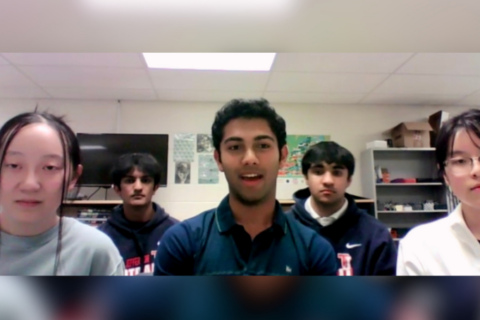
Across Fairfax County, more spotted lanternflies are being, well, spotted. County officials are now asking for the public’s help in curbing the invasive species.
According to a Fairfax County news release, adult lanternflies are getting ready to lay egg masses in September and throughout the first few hard frosts.
The county referenced the Maryland Department of Agriculture’s philosophy that “quick response is key to population control” in its statement, sharing tips for residents to keep the bugs at bay.
Hitchhikers without thumbs
Vehicles are one of the main ways that the insects and their eggs are spread around.
“Those vehicles parked near trees or forest edges have a greater chance of carrying an SLF hitchhiker,” the news release said.
Officials advise residents to check their cars, trailers and mobile equipment like tractors before driving them to other locations.
Scrape, smash and suck up
Once you see a spotted lanternfly, experts say you should scrape and smash egg masses to help cut the population down.
You can also suck the bugs up with a wet/dry vacuum and scrape the eggs into a container filled with soapy water.
Report any sightings
If you see a spotted lanternfly, you should report your findings through the mobile app iNaturalist or call Fairfax County Public Works and Environmental Services at 703-324-5304.
Alternatively, you can send an email to ReportSLF@fairfaxcounty.gov, attaching photos and an address with your report.
Bug expert says species is ‘here to stay’
In May, entomologist Mike Raupp, professor emeritus at the University of Maryland who is also known as “The Bug Guy,” told WTOP that he believes spotted lanternflies are “here to stay” in the U.S. after arriving on a cargo plane in 2014.
According to the news release, spotted lanternflies can “cause severe nuisance to residents by feeding on trees, shrubs and herbaceous plants in unusually large numbers and leaving a sticky, smelly mess when they leave.”
Plus, as Raupp said in May, this goo can attract other insects, like yellowjackets and hornets.
According to Raupp, homeowners can target spotted lanternflies in their gardens using things like horticultural spray oil, neem oil or pyrethrin.
The insect eats more than 70 plant species, but its preferred host is the tree-of-heaven, according to the news release. In Virginia, the peach, apple, grape and wine industries are most threatened by their presence.
Officials said plant mortality is not a widespread concern, but the nuisance of the bugs could lead to “reactionary behaviors” like unnecessary pesticide use and the removal of tree canopy.
WTOP’s Mike Murillo contributed to this report.








